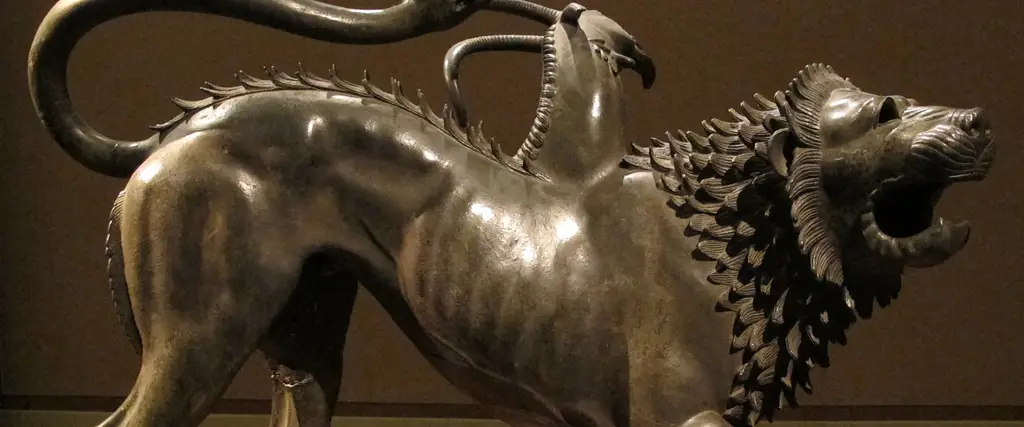
Archaeological Museum of Florence
The National Archaeological Museum, one of the most important, of this kind in Italy. houses masterpieces of the Etruscan, Greek-Roman and Egyptian art. It's inside the 17th century Palazzo della Crocetta, to which the Medici and Lorraine collections of antiquities were transferred from the Uffizi at the end of the 19th century.
The main core of works relates to theEtruscan civilization, including the large bronze statues of the Chimera and the Arringatore (Orator), plus an impressive selection of funerary sculptures (sarcophagi and urns), Greek pots and Attic ceramics, the highlight of which is the large black-figure crater known as the François Vase, which is decorated with mythological subjects.
The museum hosts a relevant collection of Etruscan andRoman bronzes, jewellery and ancients coins, some of which are unique worldwide. The collection of theEgyptian Museum, second in Italy only to the one in Turin, was put together mainly as a result of a French-Tuscan expedition to Egypt in 1828. It comprises materials ranging from the prehistoric period through to the early Christian era: vases, sculptures, sarcophagi with mummies, papyruses, amulets and small bronzesfrom various ages.
In the garden outside there are a number of reconstructed archaeological monuments. The garden is closed to the public.
The museum and its collections are suitable for very young visitors. Workshops and activities for family and children are occasionally organized in the museum’s rooms.
______________________________________________________________
Attention, due to important renovation works, until the end of 2026 the entrance is from via della Colonna 38 (the ancient entrance), and not from Santissima Annunziata Square
Useful information
The ticket-office closes 45 minutes before.
Closed: 2nd, 3rd, 4th and 5th Sunday of the month
Access for visitors in wheelchairs is by an electric ramp leading to upper floors and to the services. Push the red button at the entrance to be assisted. Tactile tours are available for small groups on request. Wheelchairs and lifts are available, toilets for people with disabilities are on the ground and first floor.